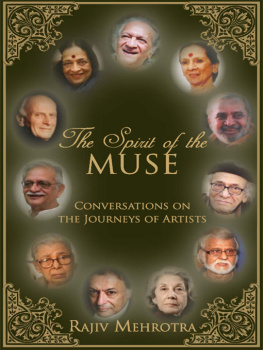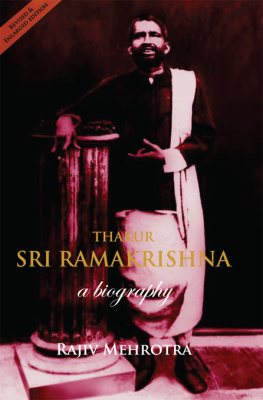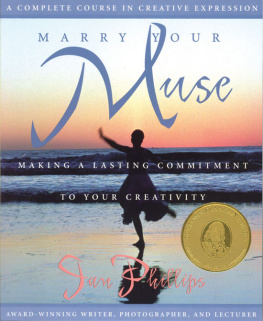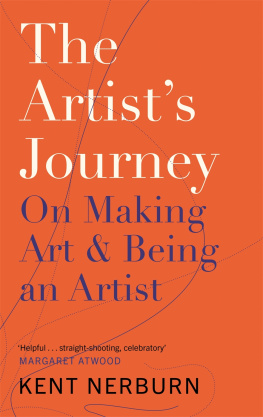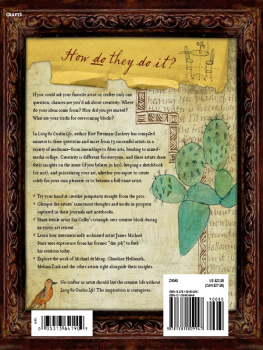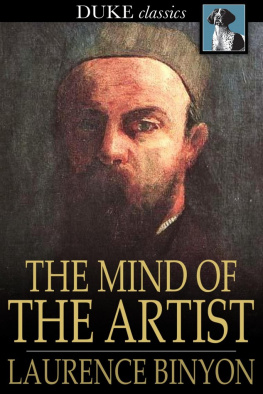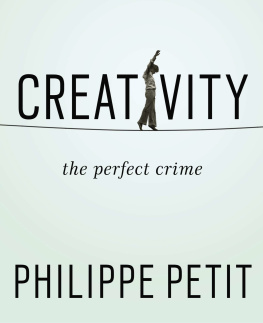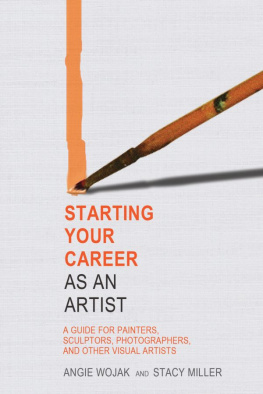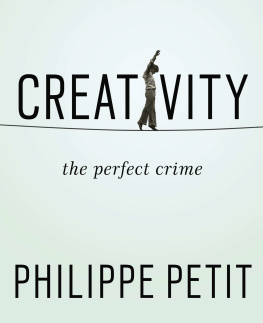

Hay House Publishers (India) Pvt. Ltd.
Muskaan Complex, Plot No.3, B-2 Vasant Kunj, New Delhi-110 070, India
Hay House Inc., PO Box 5100, Carlsbad, CA 92018-5100, USA
Hay House UK, Ltd., 292-B Kensal Rd., London W10 5BE, UK
Hay House Australia Pty Ltd., 18/36 Ralph St., Alexandria NSW 2015, Australia
Hay House SA (Pty) Ltd., PO Box 990, Witkoppen 2068, South Africa
Hay House Publishing, Ltd., 17/F, One Hysan Ave., Causeway Bay, Hong Kong
Raincoast, 9050 Shaughnessy St., Vancouver, BC V6P 6E5, Canada
Email: contact@hayhouse.co.in
www.hayhouse.co.in
Copyright Rajiv Mehrotra 2011
First published 2011
The moral right of the author has been asserted.
The views and opinions expressed in this book are the authors
own and the facts are as reported by him, which have been verified
to the extent possible, and the publishers are not in any way
liable for the same.
All rights reserved. No part of this book may be reproduced by any
mechanical, photographic, or electronic process, or in the form of a
phonographic recording; nor may it be stored in a retrieval system,
transmitted or otherwise be copied for public or private use other
than for fair use as brief quotations embodied in articles and
reviews, without prior written permission of the publisher.
ISBN 978-81-89988-86-9
Designed and typeset at
Hay House India
Printed and bound at
Rajkamal Electric Press, Kundli, Sonepat, Haryana (India)
T his book has had a long journey. My work as a television talk show host over four decades gave me the opportunity to interact with some of the truly great contemporary creative minds, from painters and dancers to film-makers and writers. The book based on these conversations, often supplemented by additional material, represents a personal journey as I struggled to transcend my own mediocrity as a documentary film-maker and writer. I had hoped that my efforts at personal self-expression would somehow provide a catharsis to pent up feelings and emotions that were failing to make sense of my personal pain and the enormity of suffering in the world or that it would at least provide a framework of articulation that would deepen my understanding of my life, that of the human condition, of our planet and the universe. It was not just a noble aspiration to cultivate creativity for personal wisdom and insight. These conversations were also an effort at learning about the human qualities and talents that produced successful and great works of art. Needless to add, the two do not necessarily go together.
Artistic expression requires a lot of hard work to first consciously acquire the knowledge of the creative medium and skill in its use and then further effort to train and prepare the mind for the spontaneous moments of expression. As with live performances of music and theatre, the artist must be able to do this consciously and as an act of will. The journey is a long and arduous one for the serious artist who must often feel he or she has no choice but, through his or her art, order the inner recesses of his consciousness by giving expression in subtle and nuanced ways to what is beyond the intellect and expressible in the mundane communications of everyday life.
Profound art is a product of the intensity, the clarity and the evocativeness of the creation, exploiting and pushing the boundaries of technique and the medium to touch us, the audience, in ways that we feel and experience an expansion of our insights, a deepening of a preverbal understanding or at least just a deep reflexive pleasure none of which we can or need necessarily articulate in words. Without these features, technical virtuosity may be attainable but not real art.
What appears important is the capacity of the artist to process his or her experiences of suffering and objectify them in the vocabulary of his or her art. He or she needs to retain control of the techniques he or she has internalized and also of the implements of his or her craft such as the paintbrush, the musical instrument or the pen, pencil and computer. More great art seems to have been created by experiencing and, in some cases, by transcending pain, than by sustained joy and happiness. There was a delicate juxtaposition and balance among the spontaneity of the creative impulse, feelings and ideas while articulating these through physically coordinated sounds, shapes and words. For some this was playful, for others a tension to be released, a catharsis. The physical creation seems for most artists to emerge almost entirely during an unfolding present that sometimes juxtaposes or evolves from an earlier memory or experience and the circumscribing reflex of technique and craft. The process is always dynamic, involving both intense concentration and surrender.
It begins as a vague yearning, a subtle energy, a feeling, and a flash of insight that seeks resolution in form. After the flush of spontaneous and involuntary outpouring, depending on the artist, the medium and the audience, the creation can often demand long hours of chiselling, adding and fine tuning or simply starting all over again. The artist must surrender himself or herself, his or her self to his or her art at least during the process of creation moving beyond the continuing preoccupations of conscious thought and life. He or she must recognize that the controlling centre of his or her life rests outside the ego. Creative disciplines may draw one into trance-like states but you cannot create by throwing yourself into a trance for its own sake. It calls for patience, a dedication and discipline that are hard to achieve as premonitions of what is possible. It is rarely a product of purely conscious calculation to start with. Conscious striving, however, can help provide stimulation, create the physical environment and give direction to creative activity after its energy is released. It helps fine tune and concretize.
I was first reassured and then disappointed that it did not seem necessary to be a good human being to produce great art. Great art reveals the inner world of the creator in ways that he may not intend or be willing to acknowledge. Carl Jung points out, The work in progress becomes the poets fate and determines his psychic development. When the work does not progress or the artist is not able to create and bring forth what lies in the fringes of his consciousness there is anguish, frustration and pain. His restlessness is unending. It is only in the borderlands of consciousness, and the depths beyond, that freedom and comfort are possible.
I should acknowledge that much of the discussion featured in this book draws primarily upon a Western world view and history of art. The classical Indian traditions consider the arts to be of divine origin. They represent a spiritual sadhana, a means to give a humanly accessible form to God and in the process to reach God oneself. George Gurdjieff spoke of two kinds of art subjective art bred of an anguished mind and an objective art born of a meditative mind seeking to share the joys of the artists connect with the silent, still bliss of the universe.
I was limited by who I was and the questions that came up for me when I started documenting these conversations more than twenty-five years ago. I was the product of a Western education at a school in Calcutta, now Kolkata, (La Martiniere for Boys) and colleges in the University of Delhi (St Stephens) and the University of Oxford (St Edmund Hall) followed by two years at the Films Division, School of the Arts at Columbia University in New York. If I were to embark on a similar journey today, my questions would also embrace my evolving interest in Indias civilizational heritage and its mind-training techniques. I mention this to take responsibility for the limitations of these conversations, as mine, and not of the many great artists and creative minds of our times who so patiently gave so generously of themselves to me. I was an unworthy interlocutor.
Next page
